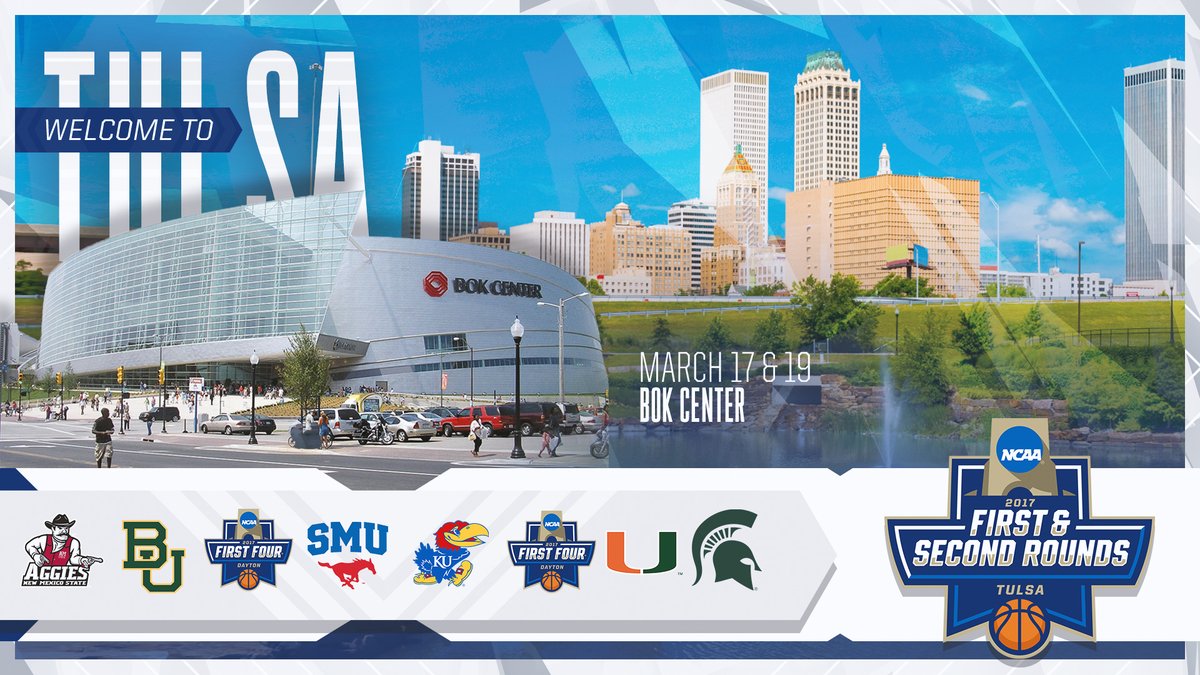
Last week, our State and local leaders announced Tulsa’s outer dispersal loop, the Gilcrease Expressway, would be finished finally. Construction is expected to cost $240 million.
As famed crooner Sam Cooke sang:
“It’s been a long, long time coming
But I know a change gonna come
Oh, yes it will”
The Gilcrease Expressway has been more than 50 years in the making and its completion could take another 50 years unless the pooling of resources from six different sources is not implemented. Extending the Gilcrease Expressway from the Tisdale Parkway west and south to I-44 remains to be done.
For more than 50 years, Tulsa north side residents have been clamoring for the Gilcrease Expressway to be completed. Tulsa Deputy Mayor Michael Junk echoed the past sentiments of decades ago of former Target Action Agency Director, Homer Johnson, now deceased, and former State Representative Don Ross, District 73.
Johnson was a staunch advocate of revitalization of Tulsa’s inner city during President Lyndon Johnson’s model cities war on poverty days. Ross fought for its completion decades ago only to witness money already set aside for the Gilcrease completion being transferred and applied instead to the betterment of Tulsa’s south side freeways. If people who reside in his former legislative district have to pay a toll, he still believes equity has failed them.
Those who favor a toll simply point out that the present routes will still be available. Any complaints against the Gilgrease extentioln are based on a false alternative. “The choice is not between a toll road and a tax-supported road (there are no free roads). The choice is between a toll road and no road.”
The completion of Gilcrease will provide a new and more direct route to city attractions and points of interest in the Tulsa urban core and “it unlocks an area of Tulsa that is ripe for economic development,” Junk said. “Secondly, it will allow us to route heavy traffic off of the Inner Dispersal Loop and help us maintain the integrity of the infrastructure around vital parts of Tulsa. It allows us to extend the longevity of that infrastructure.”
The city of Tulsa and the Indian Nations Council of Governments (INCOG) have been slowly inching forward on Gilcrease Expressway construction for years, but the Arkansas River crossing always has been the roadblock to completion. Its expense simply was beyond the ability of local government to pay for it in any timely fashion.
The construction of the Gilcrease North has been completed but Gilcrease Expressway extending from the Tisdale Parkway west and south to I-44 remains incomplete. It is under design and right-of-way acquisition is ongoing. The environmental clearance has been granted for that segment extending south of Edison Street to I-44.
Last week, Governor Mary Fallin announced a solution has been found for completing Gilcrease. She said funding the construction of the expressway through the Oklahoma Department of Transportation will get the project closer to completion.
The project will be made possible because of a partnership between city of Tulsa, the state of Oklahoma and the Oklahoma Turnpike Authority. Federal funds will also be invested in the expressway extension along with funds from a private investor, not yet revealed. The private investor is expected to buy $100 million dollars in bonds.
Officials say the project won’t affect the state budgeting process and revenue will not be diverted from other municipal or state priorities. Users of the turnpike system will pay for the project.
Governor Fallin said funding “the Gilcrease Expressway extension is a great example of a six-way partnership between the city of Tulsa, Tulsa County, the Indian Nations Council of Governments, the Oklahoma Turnpike Authority, the Oklahoma Department of Transportation and the Federal Highway Administration.”
Oklahoma Transportation Secretary Gary Ridley said construction on the project could start as soon as next summer, and the project could be finished 18 months later.
The State is looking at financing the Gilcrease Expressway separately from the State turnpike network, meaning that once the project is paid off, it could be transferred to the City, which could continue to operate the toll bridge as a revenue source for other road projects or make it toll-free.
Free? Probably not likely because from where will road maintenance funds come?
Tulsa’s expressway system plan was originally developed in the 1950s. The plan shows 107 miles of expressways inside the city limits and/or annexation fence line. To date, 94 miles have been constructed.
City leaders have long thought that the Gilcrease Expressway was the key to developing one of the largest swaths of open land within the Tulsa city limits.
Good transportation could bring residential development to bolster the population and the property tax base.
The Gilcrease project would mark the turnpike authority’s most aggressive move into toll roads without toll stations — a nonstop turnpike. Plans call for all tolls to be collected electronically. Pike Pass customers (currently 71 percent of turnpike tolls and 82 percent in the Tulsa market) would have their fees collected in the usual fashion. Other drivers would be billed after cameras on the roads capture their license plate information. It’s a system that was previously announced for a Creek Turnpike interchange improvement in Jenks and which has worked successfully in other states.
Whether the Gilcrease Expressway will bring economic revitalization remains hopeful.
Sam Cooke best expresses our sentiments in spite of the Tulsa’s past history.
“It’s been a long, long time coming
But I know a change gonna come
Oh, yes it will”










